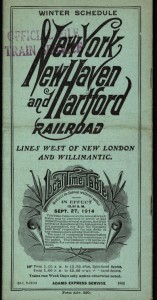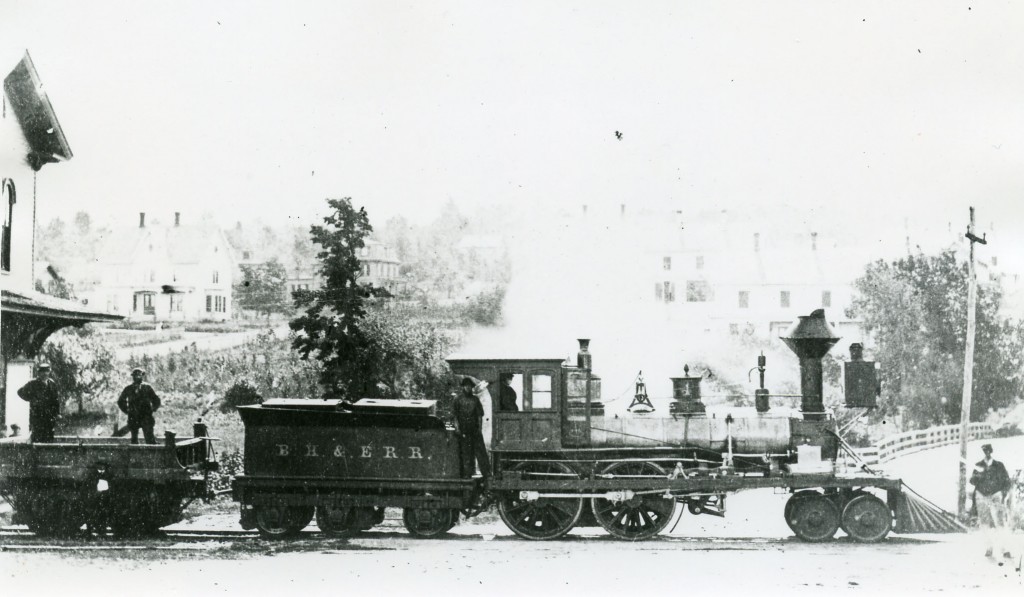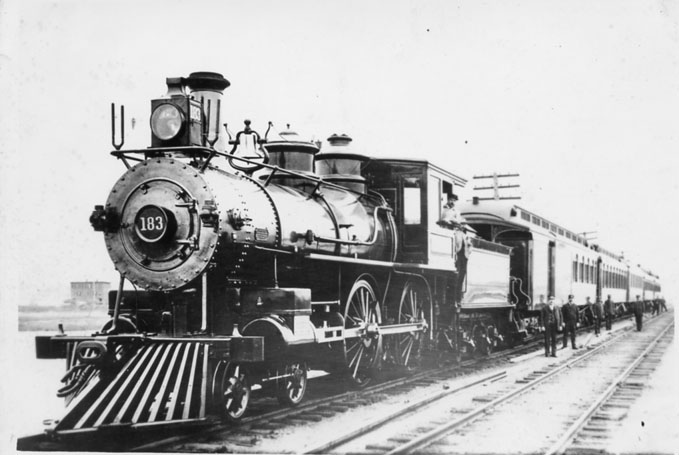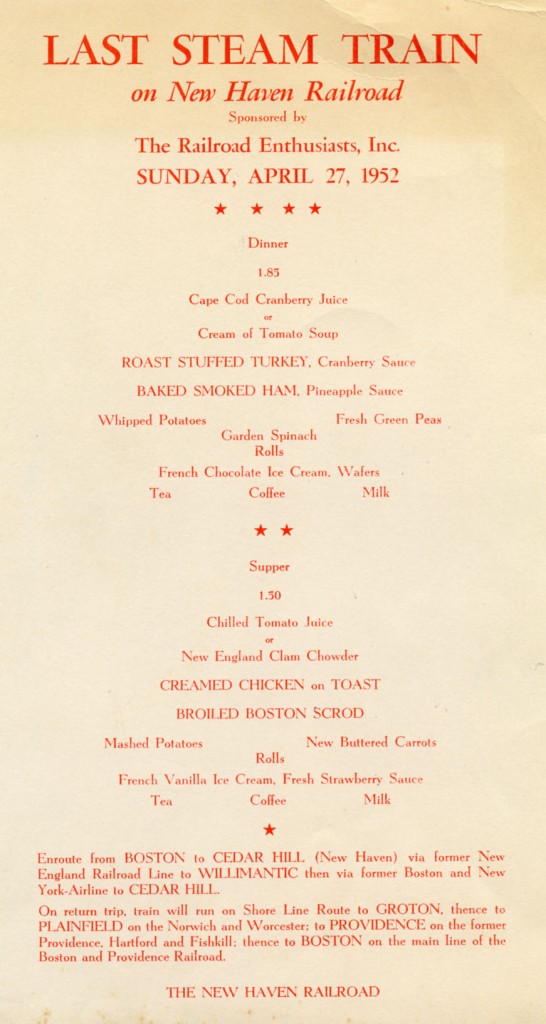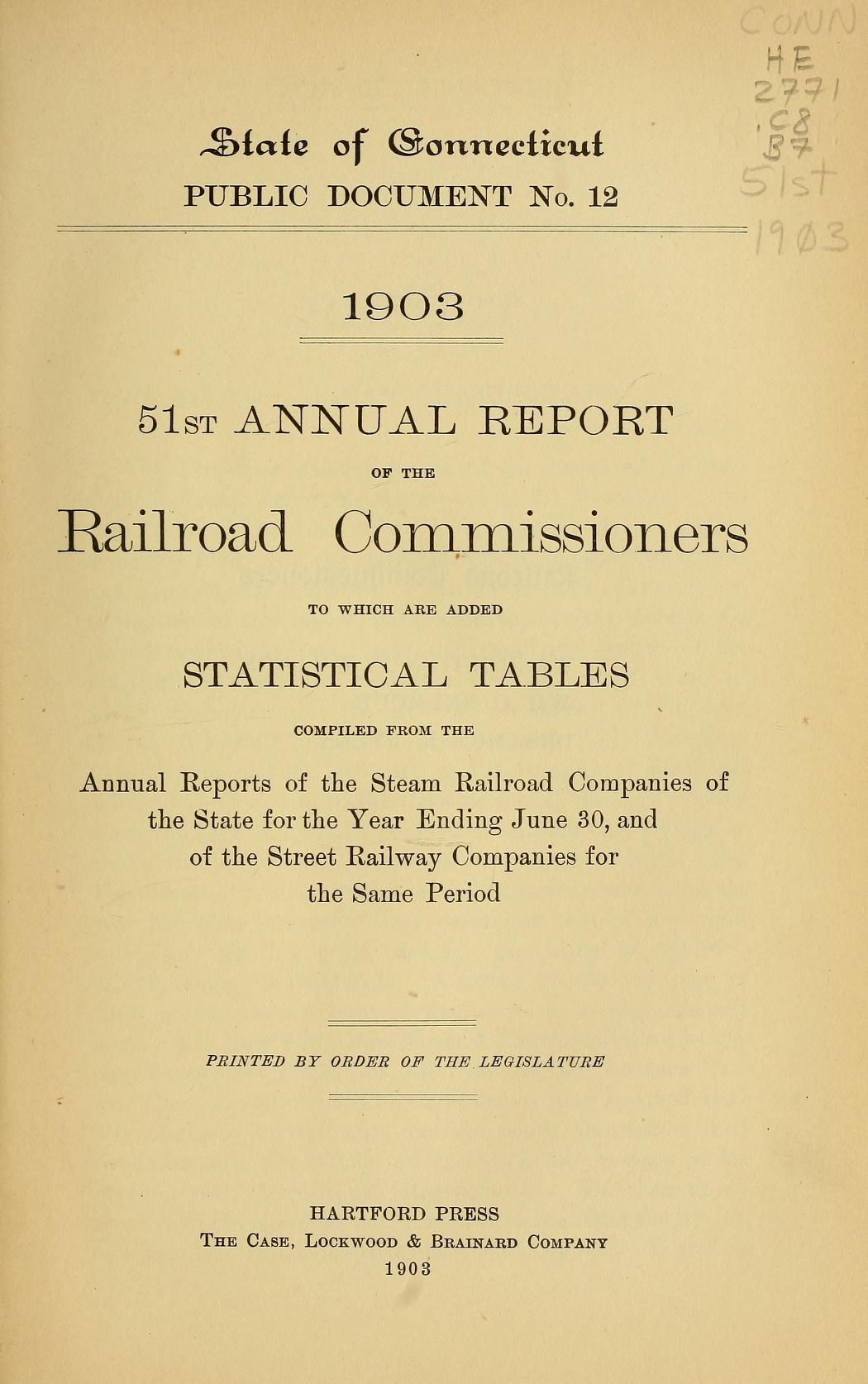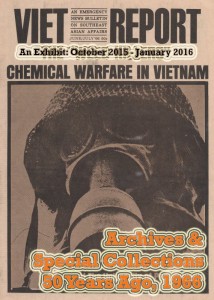 At the Archives & Special Collections, we have been ramping up our interoperability. What does that mean exactly? Twinkling screens, chatter of audio recording and tactile interactions with materials on exhibition. Currently, we are featuring collection materials from 50 years ago in the archives to help highlight the year 1966. These selections contain personal correspondence and work from famous artists and activists like Ed Sanders, Allen Ginsberg, Diane Di Prima and Abbie Hoffman. Popular culture and ephemera from comic books to Life magazine relating to the politics of War in Vietnam, LSD, the rise of Black Power and the battle against Communism.
At the Archives & Special Collections, we have been ramping up our interoperability. What does that mean exactly? Twinkling screens, chatter of audio recording and tactile interactions with materials on exhibition. Currently, we are featuring collection materials from 50 years ago in the archives to help highlight the year 1966. These selections contain personal correspondence and work from famous artists and activists like Ed Sanders, Allen Ginsberg, Diane Di Prima and Abbie Hoffman. Popular culture and ephemera from comic books to Life magazine relating to the politics of War in Vietnam, LSD, the rise of Black Power and the battle against Communism.
Included in the exhibit are Alternative Press Collection materials documenting the War in Vietnam ranging from the scholarly to the ephemeral. The Poras Collection of Vietnam War Memorabilia contains posters, death cards, publications and satirical army culture objects demonstrating the antagonisms of war at home and abroad. From a personal collection of Navy Corpsman Cal Robertson, his correspondence from Vietnam in 1966 while deployed over two tours as a medic attached to a marine platoon, detailing the daily grind and uncertainties of waiting in the jungle and relaying safety concerns to loved ones back home. The Alternative Press also includes a trove of anti-war publications such as the Committee for Nonviolent Action.
 The physical exhibit in our reading room is but one element of our program to promote access to collections through outreach. Media displays within the Archives Reading Room featuring additional photographs and videos demonstrate the interactive qualities of physical objects outside of a static display. Currently, the newest arrival to the reading room is a large tablet-like touch table which has digital content loaded from our Omeka exhibit on1966 which will be unveiled in the coming month on the web.
The physical exhibit in our reading room is but one element of our program to promote access to collections through outreach. Media displays within the Archives Reading Room featuring additional photographs and videos demonstrate the interactive qualities of physical objects outside of a static display. Currently, the newest arrival to the reading room is a large tablet-like touch table which has digital content loaded from our Omeka exhibit on1966 which will be unveiled in the coming month on the web.
For more information, follow us @UConnArchives on twitter and facebook where we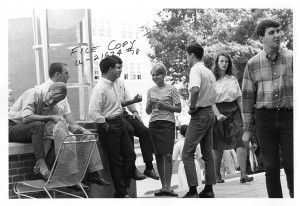 promote exhibits like this one and events happening around the Archives.
promote exhibits like this one and events happening around the Archives.


